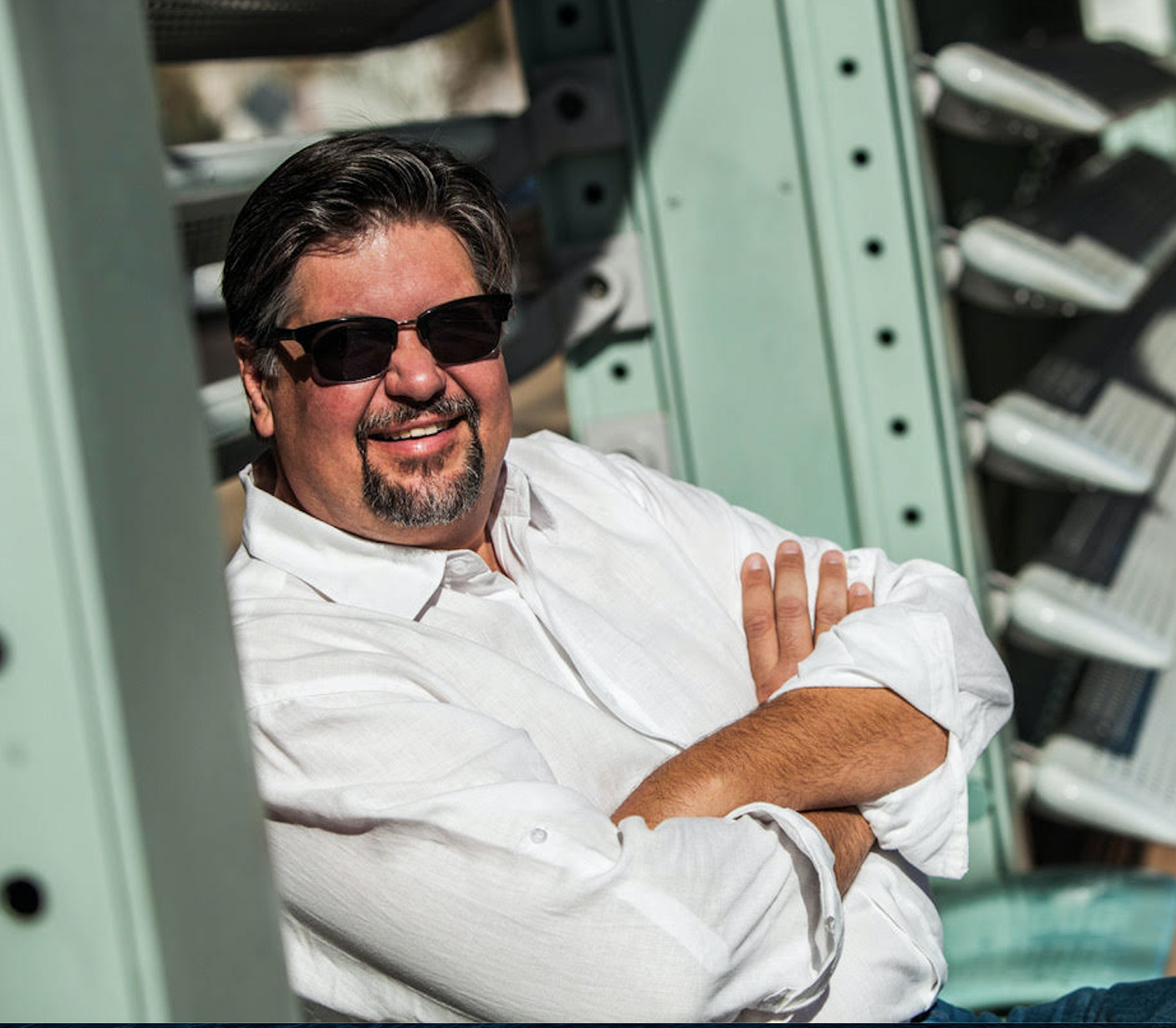Crisis around the Temple Mount

Question & Answer
Q: By Elene
What is it about the Temple Mount? It seems to always be the flashpoint of conflict in Jerusalem.
A: By Rev. David M. Felten

Jews, Christians, and Muslims have all gilded the site with layer after layer of sacred significance. Tradition has it that Adam was buried on the site and Abraham was asked to sacrifice his son here. Solomon is alleged to have built his Temple here, Jesus would have walked here, and Muhammad is said to have begun his ascension to heaven from the stone beneath the dramatic golden-domed building people associate with the Temple Mount today, the Dome of the Rock.
While there’s scant archaeological evidence for Solomon’s First Temple having been built here, sacred tradition places it beneath where the returning exiles rebuilt the Second Temple that King Herod refurbished in Jesus’ day.
After the Romans ransacked and burned Herod’s Temple in 70 C.E., the site was left in ruins for hundreds of years. In 638, then-Christian Jerusalem was conquered by Muslims and the Dome of the Rock was built with a mind toward overshadowing “the competition’s” Church of the Holy Sepulcher. In 1099, the Crusaders besieged the Holy Land and established Jerusalem as the capital of a new Kingdom of Jerusalem. The Al Aqsa Mosque became a palace for the new Christian King of Jerusalem and was later used as the headquarters of the Knights Templar. The Dome of the Rock was converted into an abbey and had a cross placed on top.
In 1187, Saladin’s Muslim forces overwhelmed the Crusaders and since then, Muslims have managed the Temple Mount as a waqf, a charitable trust charged with maintaining the site. Today, the Temple Mount is just one of the holy sites that the modern state of Israel honors as sacred for Christians and Muslims.
A couple of years ago, my kids and I set aside time in our visit to Jerusalem to navigate the TSA-style security gauntlet required to visit the Temple Mount. Access includes long lines, metal detectors, and the scrutiny of sober Israeli security guards searching people and back-packs for any prohibited religious literature or paraphernalia. In an effort to maintain the fragile status quo, any non-Muslim symbols, literature, or prayers are banned on the Temple Mount. As we gathered with friends to take a quick picture, guards quickly moved in to disperse us. Security protocol deems that any size group may be conducive to prayer breaking out and is therefore prohibited. Because the actual location of the Temple (and therefore the Holy of Holies) is not known, many Jews don’t venture onto the Mount itself. The closest the Jewish faithful can get to this sacred site is the Herodian-era retaining wall that we recognize as the Western Wall.
Adding to the ongoing tension over who has ultimate control over the site are some within the Orthodox Jewish tradition who predict a third Temple being built on the Mount to usher in the arrival of the Messiah. Jewish right-wing extremist plans to blow up the Dome of the Rock to make way for that new Temple have, so far, been thwarted. Add to that the controversial recent move of the U.S. Embassy to Jerusalem, the continued incursion by Jewish settlers into the West Bank, and the humanitarian crisis that is Gaza, and it’s understandable that security measures are in a constant state of high alert.
So, what is it about the Temple Mount? Overlapping religious and real estate claims, both ancient and modern, from Muslims, Christians, and Jews. It’s no wonder this otherwise tranquil setting at the center of one of the most revered cities in the world is often rife with tension – if not out in the open, then percolating just below the surface.
~ Rev. David M. Felten
NOTE: The answer above responds to a question that touches upon a rapidly unfolding current event. Every effort has been made to assure that the historical and factual details were current as of its writing. As the May 2021 Israel-Palestine Crisis continues to escalate, please refer to reliable news sources for the most current information.
About the Author

